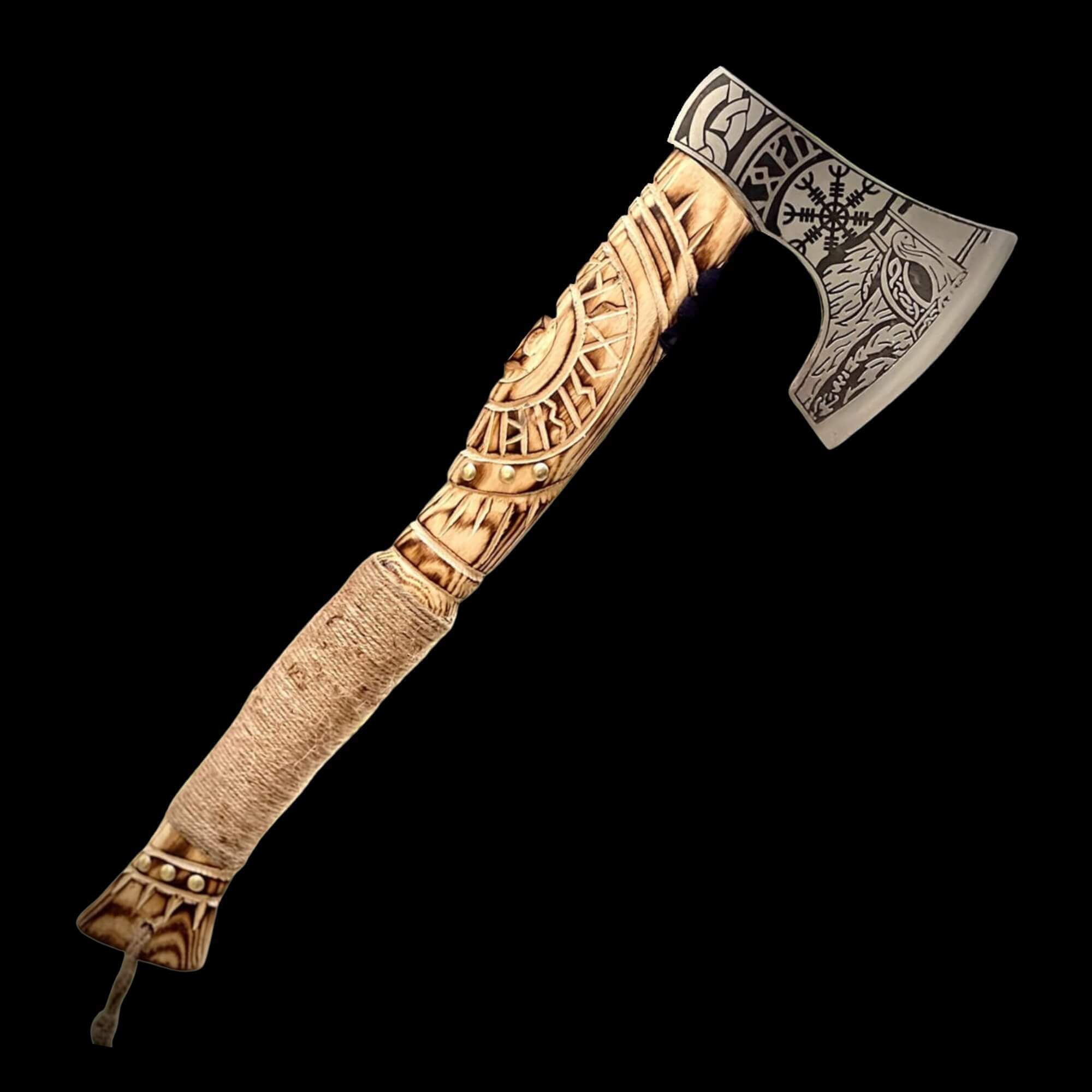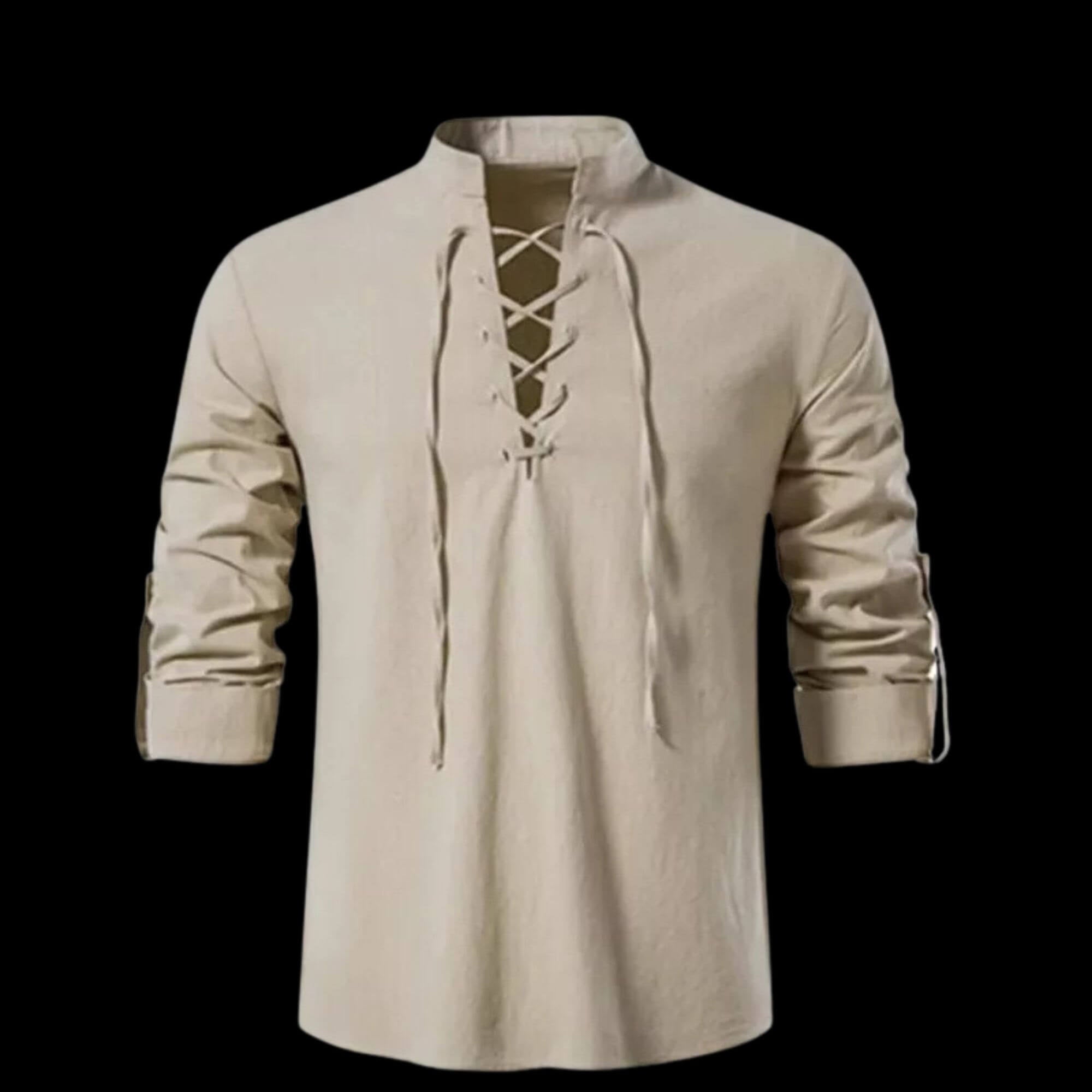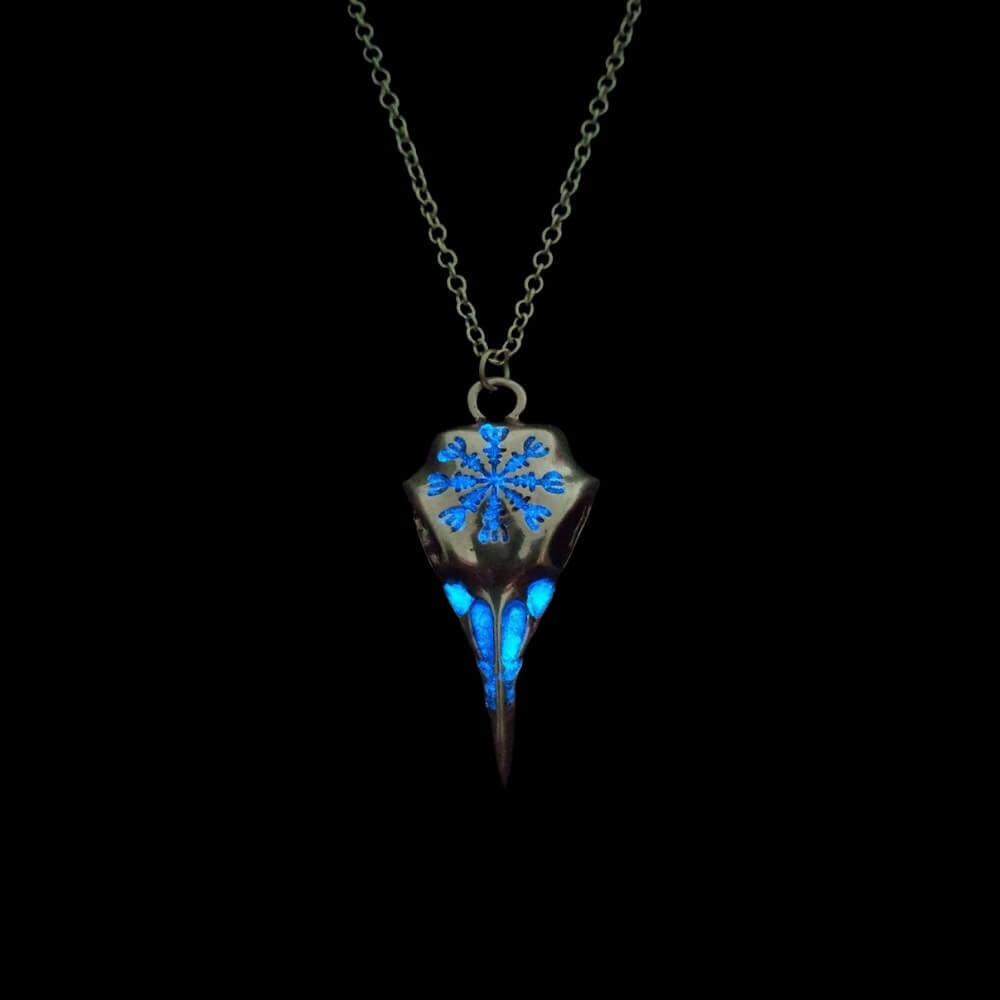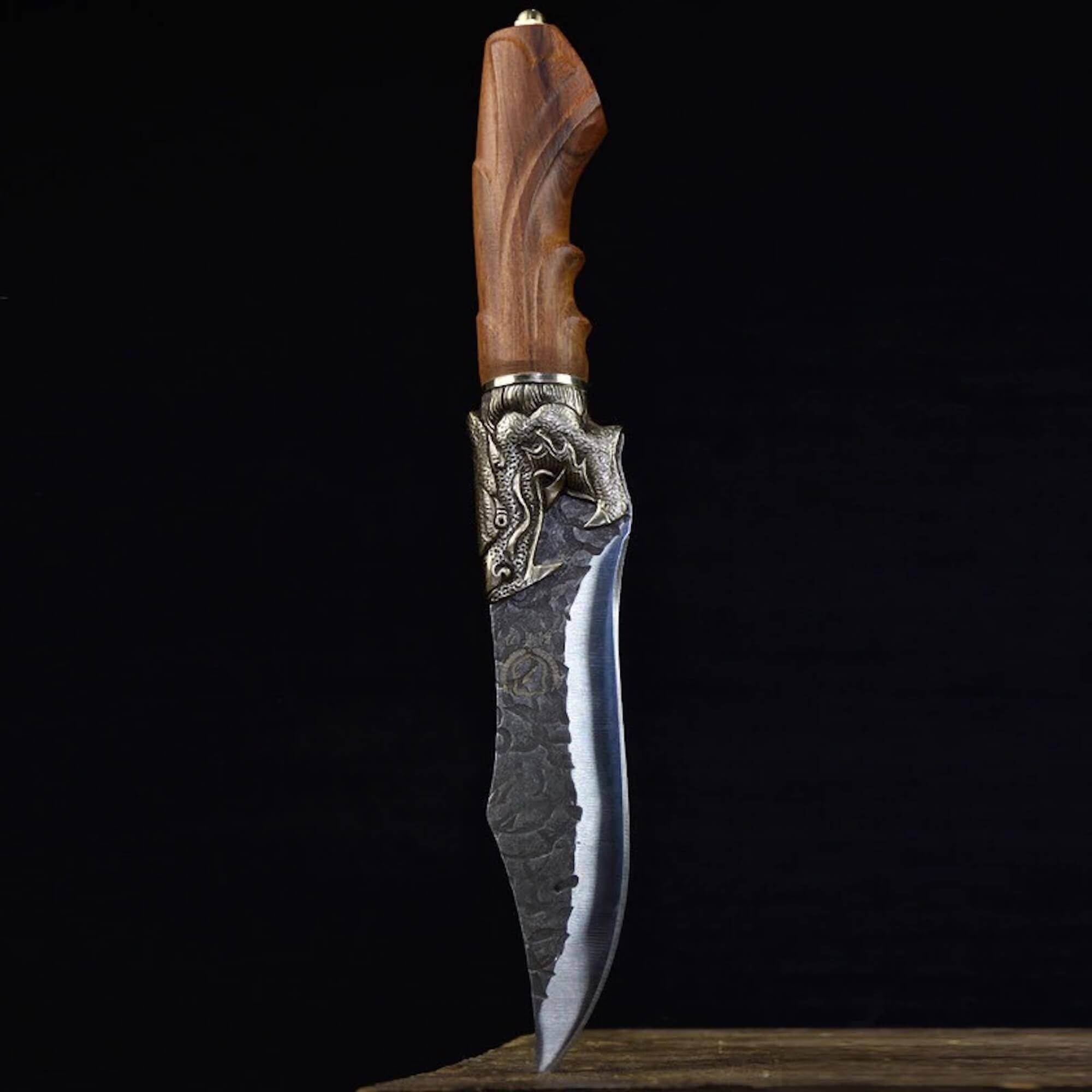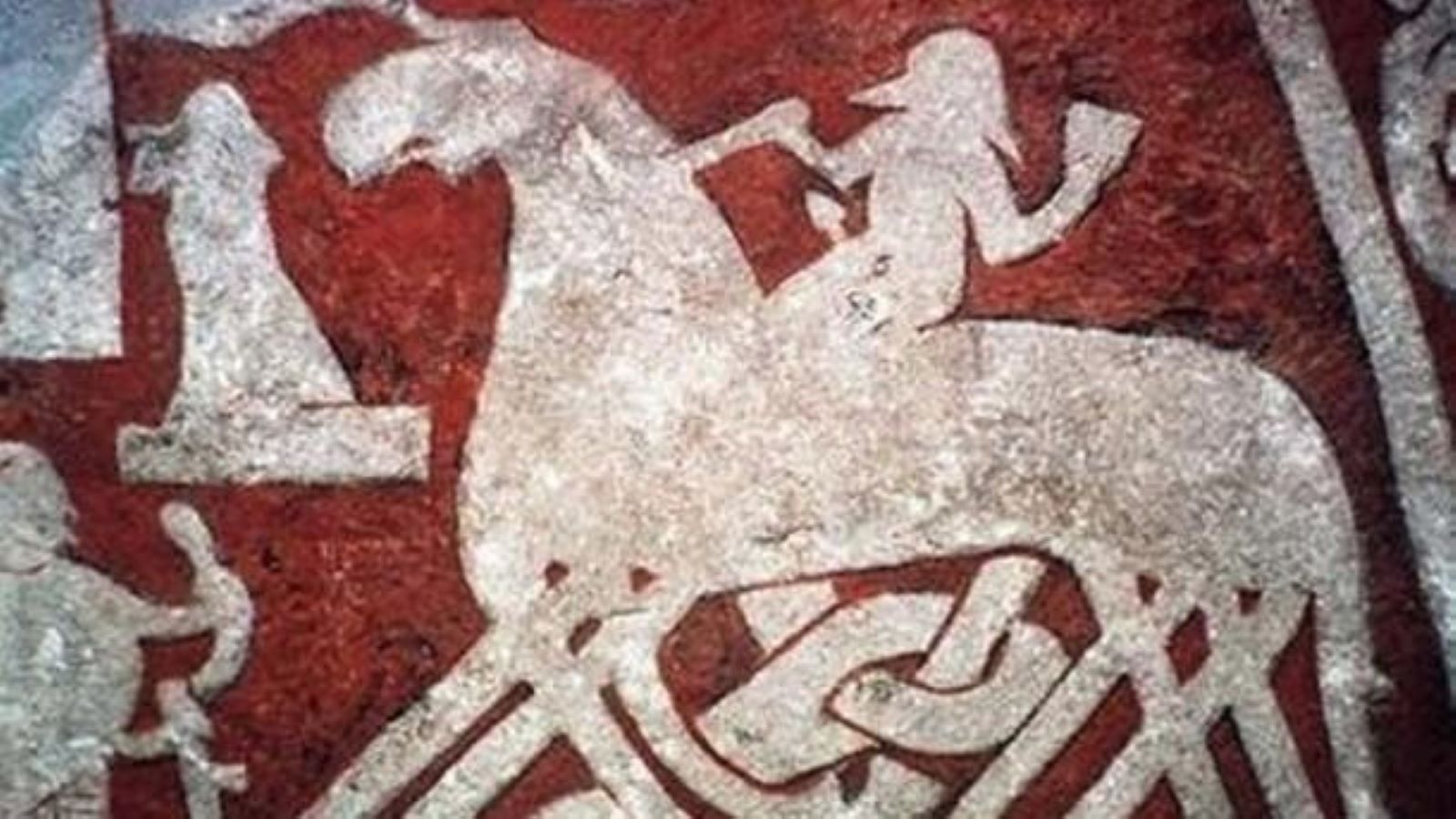
What is the Prose Edda? Exploring the Key to Norse Mythology and Culture
If you’re even slightly interested in Viking or Norse history, you’ve probably come across the term “Prose Edda.” But what exactly is it, and why is it considered such a cornerstone of Norse culture? Let’s break it down and uncover the importance of this 13th-century masterpiece in understanding the world of the Vikings.
The Prose Edda, written by the Icelandic historian and politician Snorri Sturluson around 1220, is one of the most significant works to survive from medieval Scandinavia. It's a rich source of Norse mythology and the most detailed guide we have to the myths, gods, and cultural practices of the Vikings.
Often referred to as Snorri's Edda, it is divided into four key sections: the Prologue, Gylfaginning, Skáldskaparmál, and Háttatal. Each of these parts takes us on a unique journey through Norse myth and Viking culture, from the creation of the world to the cataclysmic events of Ragnarök.
The Prologue
Snorri begins the Prose Edda with a prologue that places the Norse gods within a framework acceptable to his Christian audience. In medieval Iceland, where Christianity had taken root, writing about pagan gods could be controversial. To navigate this, Snorri introduced the gods as historical figures—descendants of warriors from ancient Troy—rather than supernatural beings. This approach not only protected him from religious scrutiny but also helped bridge the gap between ancient Norse beliefs and the Christianized world in which he lived.
Gylfaginning: The Stories of the Gods
The second part, Gylfaginning (or "The Tricking of Gylfi"), is where we dive into the heart of Norse mythology. The section is structured as a dialogue between King Gylfi of Sweden and three mysterious figures named Hárr, Jafnhárr, and Þriði (High, Just-as-High, and Third), who are all manifestations of Odin. Through a series of questions and answers, the king learns the origin stories of the Æsir (the Norse gods), the creation of the world, the exploits of gods like Thor and Loki, and finally, the fateful events of Ragnarök—the Norse apocalypse.
It’s from Gylfaginning that we get some of the most well-known tales of Norse mythology. Odin sacrificing his eye for wisdom, Thor’s mighty battles with the giants, and Loki’s cunning tricks all come from this section. It’s not just a recounting of stories, but a philosophical and symbolic examination of the Norse worldview.
Skáldskaparmál: The Art of Viking Poetry
The Skáldskaparmál (or "The Language of Poetry") shifts from mythology to the technicalities of Norse poetic tradition. In this section, Ægir, the jötunn (giant) and sea god, has a conversation with Bragi, the god of poetry. Together, they explore the structure and style of skaldic poetry, the form of poetry practiced by the Vikings.
This part of the Prose Edda is invaluable for understanding how the Vikings communicated through art and storytelling. It also explains kennings—poetic phrases that replace simple nouns with metaphorical descriptions. For example, calling a ship the “sea-steed” or gold the “fire of the sea” adds layers of meaning and creativity to the language.
The Skáldskaparmál offers insight into how Viking poets crafted their verses, giving us a glimpse into their thoughts, humor, and values.
Háttatal: Snorri’s Showcase of Verse
Finally, we arrive at Háttatal ("List of Verse Forms"), which serves as both a lesson and a demonstration. This section is a catalog of different types of Norse poetry, where Snorri applies the techniques discussed in Skáldskaparmál. Through his own verses, he shows how these forms can be used in practice, creating a kind of manual for aspiring skalds (Norse poets).
For anyone interested in the structure of Viking poetry or looking to try their hand at writing in the ancient style, Háttatal is an indispensable resource. It highlights the depth and complexity of Viking oral traditions, which were so much more than mere storytelling—they were a sophisticated art form.
The Prose Edda is more than just a collection of myths. It is a window into the soul of the Viking Age, offering us a view of how the Norse people saw the world, their gods, and their place in it. Without this work, many of the tales of Odin, Thor, Loki, and other gods would have been lost to history.
It also preserves the artistic practices of the time, particularly the traditions of skaldic poetry, which were central to Viking culture. Through the Prose Edda, we can better understand the intellectual and creative life of the Norse, from their complex cosmology to their deeply ingrained sense of fate and destiny.
In a way, Snorri Sturluson’s work is not just a guide to Norse myths but a bridge between ancient beliefs and the medieval world that sought to understand them. Whether you’re fascinated by mythology or looking to learn about Viking society, the Prose Edda is a foundational text that has shaped our understanding of one of history’s most fascinating cultures.

